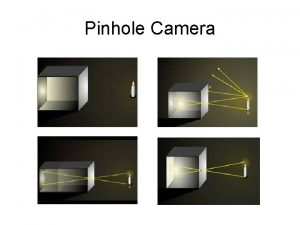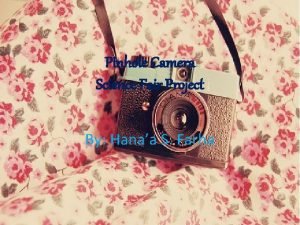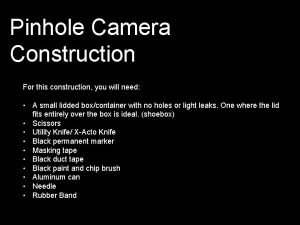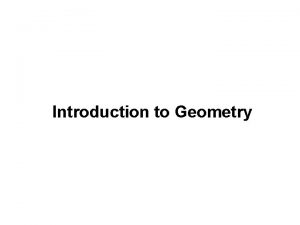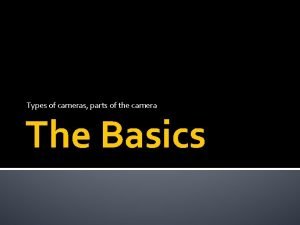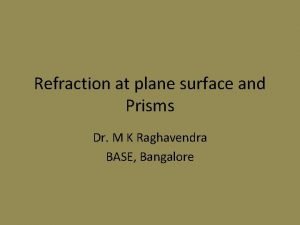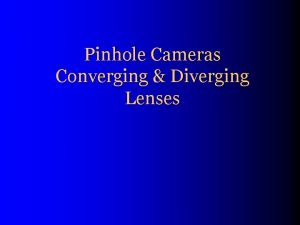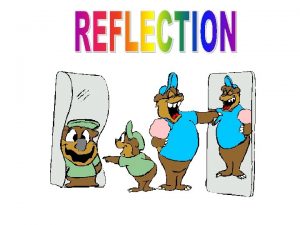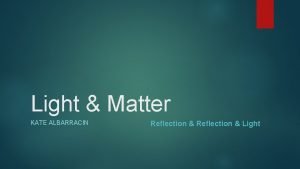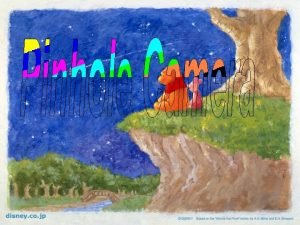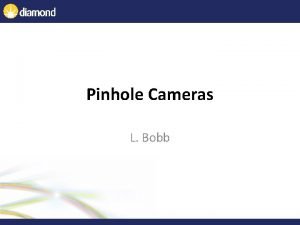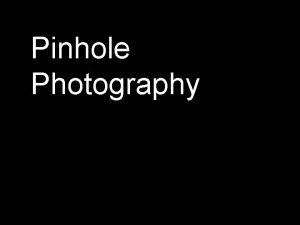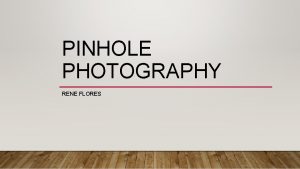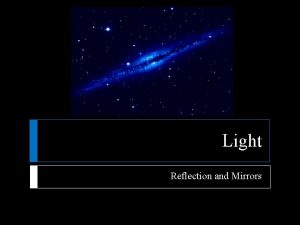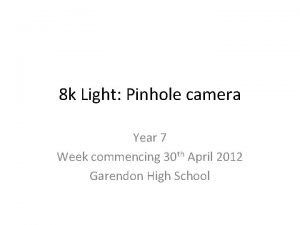Pinhole Camera Reflection of Light from Plane Surfaces












- Slides: 12

Pinhole Camera

Reflection of Light from Plane Surfaces

Both angles are measured from a line perpendicular to the surface – the “normal” line N

Smooth Surface Reflection The angle of incidence i is equal to the angle of reflection r.

Smooth surface reflection • “Smooth” as it refers to mirrors means that variations in the surface are significantly smaller than the wavelength of light. • Visible light has wavelengths from 400 to 700 nm

Rough Surface Reflection • If the surface is not smooth enough the light will reflect, but rays landing at different points will reflect at different angles.

Terminology: • Smooth surface reflection is called “specular” reflection. • Rough surface reflection is called “diffuse” reflection. • Examples: – A mirror exhibits specular reflection – A sheet of white paper exhibits diffuse reflection.

Image Formation • We can locate images by “ray tracing” – drawing the light rays on paper and reflecting them using a protractor and a ruler. image eye Virtural image

Ray Tracing, continued • Notice in the diagram that all five rays are reflected according to the rule. • The reflected rays are extended, using dotted lines, to the point where they cross behind the mirror.

image eye Virtural image

Ray Tracing – finding an image in a plane mirror • Draw a perpendicular from image through plane of mirror • Draw rays from object to midpoint to eye. (remember: øi = øf ) • Extend reflected ray as dotted line behind the mirror, to the first perpendicular • This is the location of the object

Extended Object Ray Tracing • Multiple rays can be used to image larger objects
 Reflection of light at plane surface
Reflection of light at plane surface Camera science project
Camera science project Construction of pinhole camera
Construction of pinhole camera Pinhole effect
Pinhole effect Pinhole camera geometry
Pinhole camera geometry Pinhole camera for solar eclipse
Pinhole camera for solar eclipse Parts of cameras
Parts of cameras Software-defined networking: a comprehensive survey
Software-defined networking: a comprehensive survey Refraction at plane surfaces
Refraction at plane surfaces Light light light chapter 22
Light light light chapter 22 Light light light chapter 23
Light light light chapter 23 Into the light chapter 22
Into the light chapter 22 Multicamera productions
Multicamera productions
